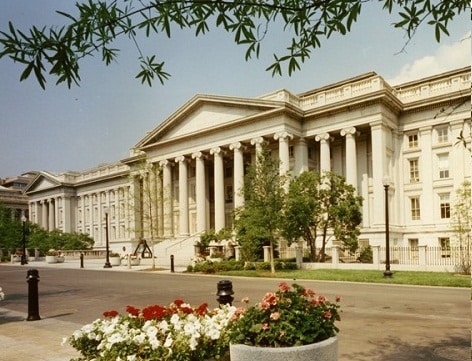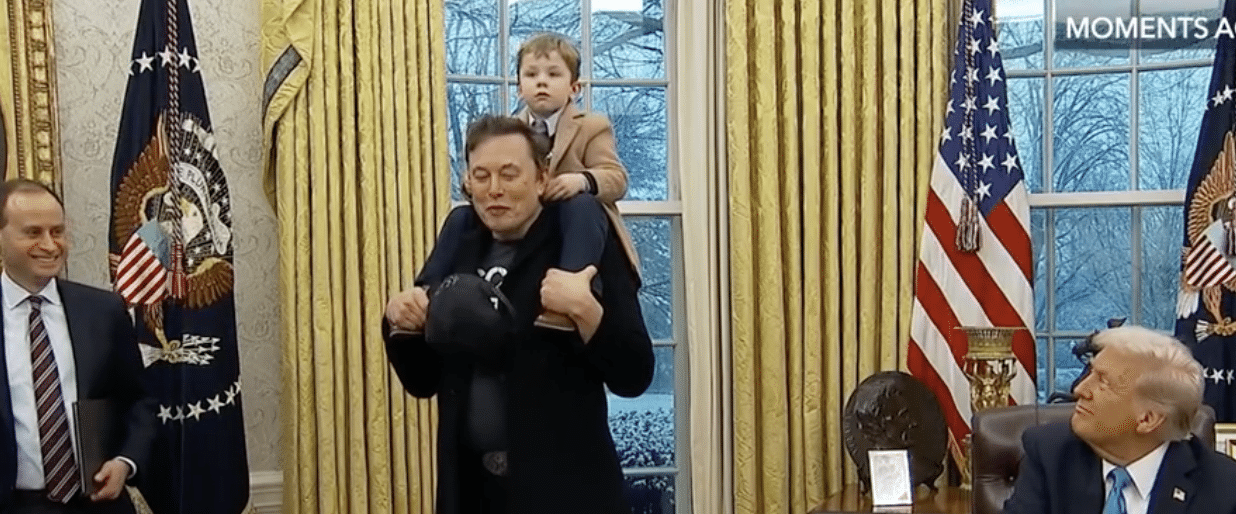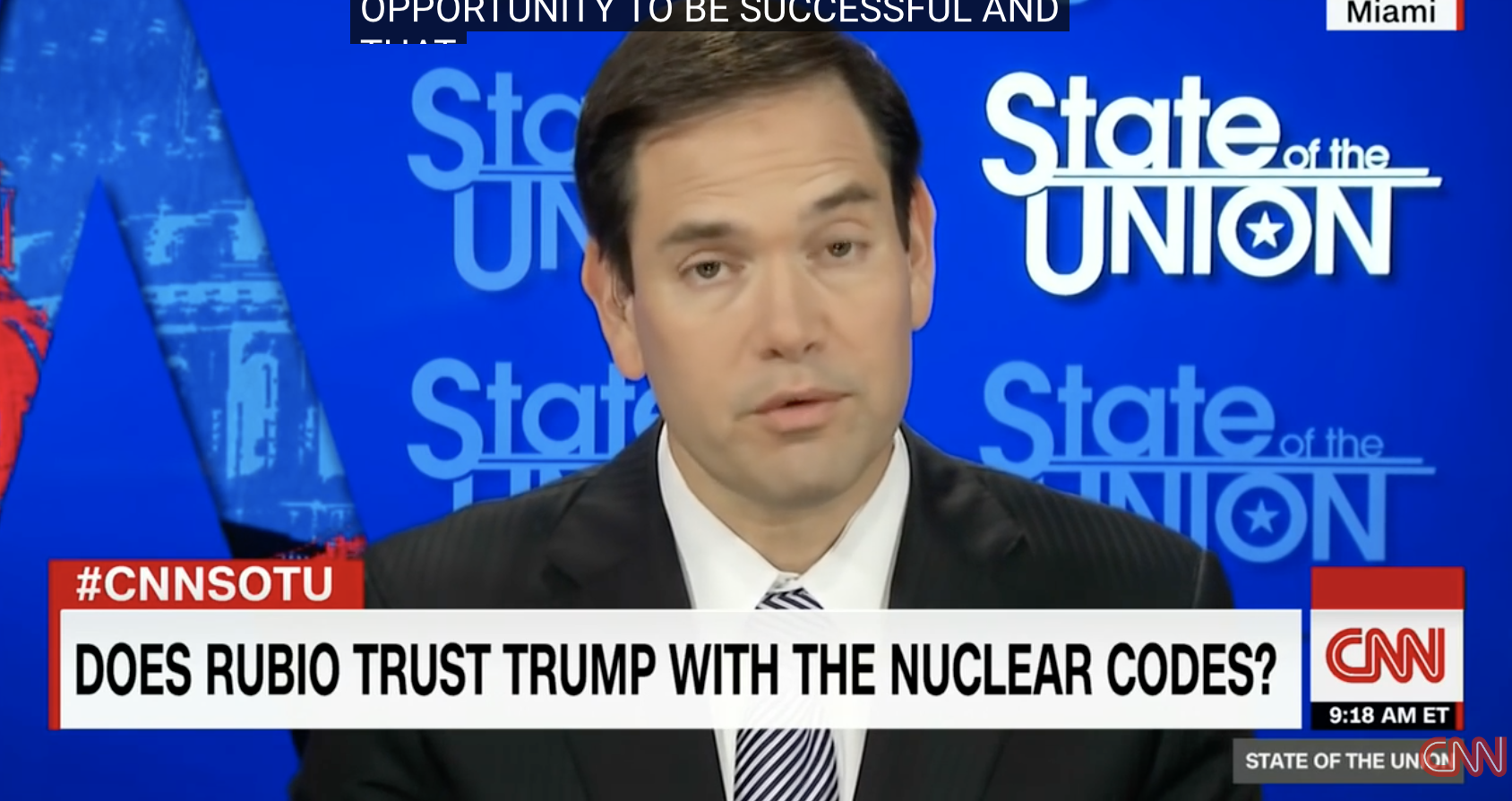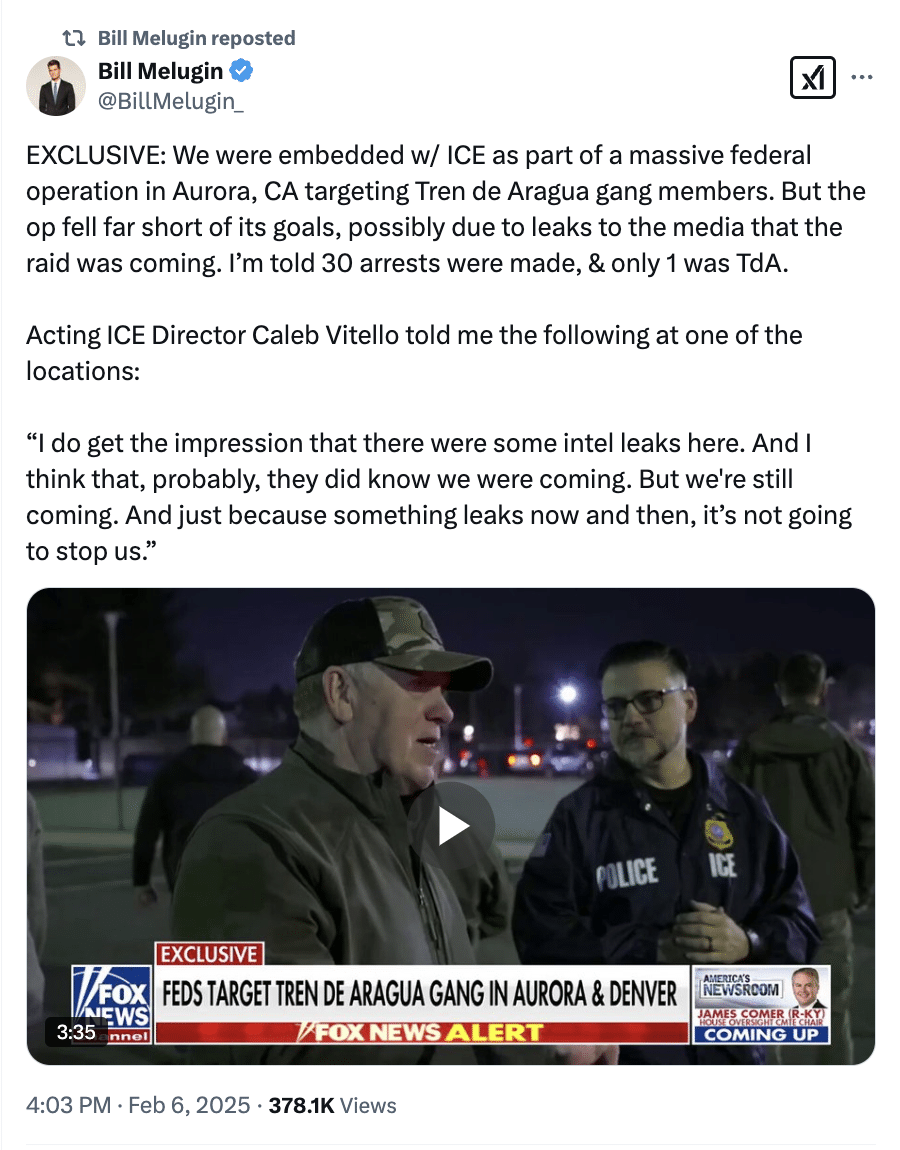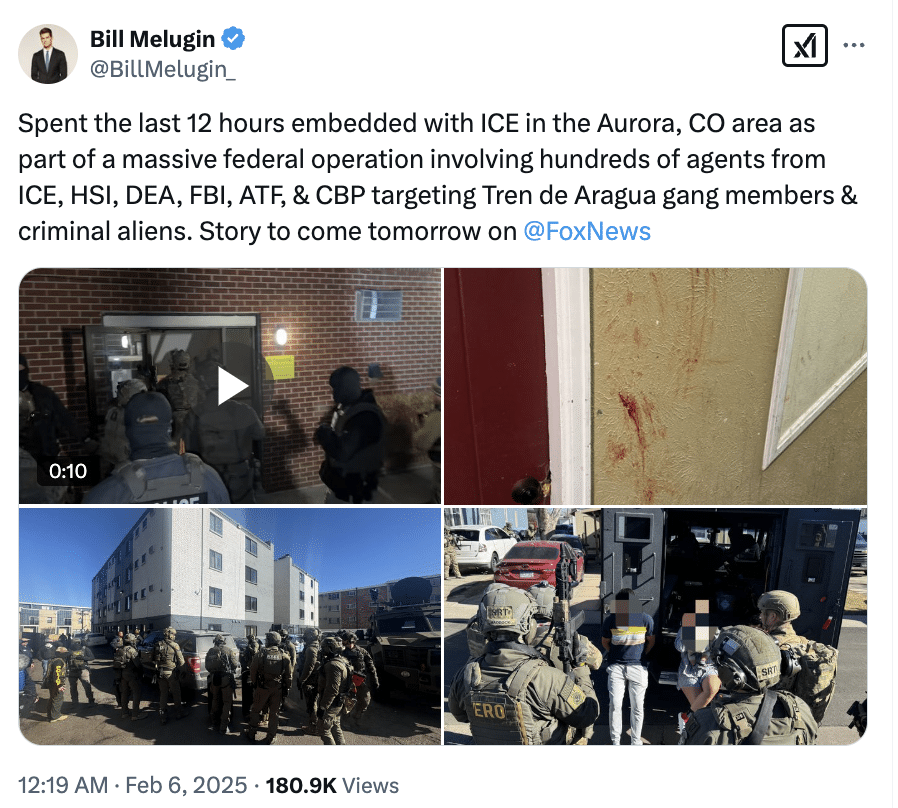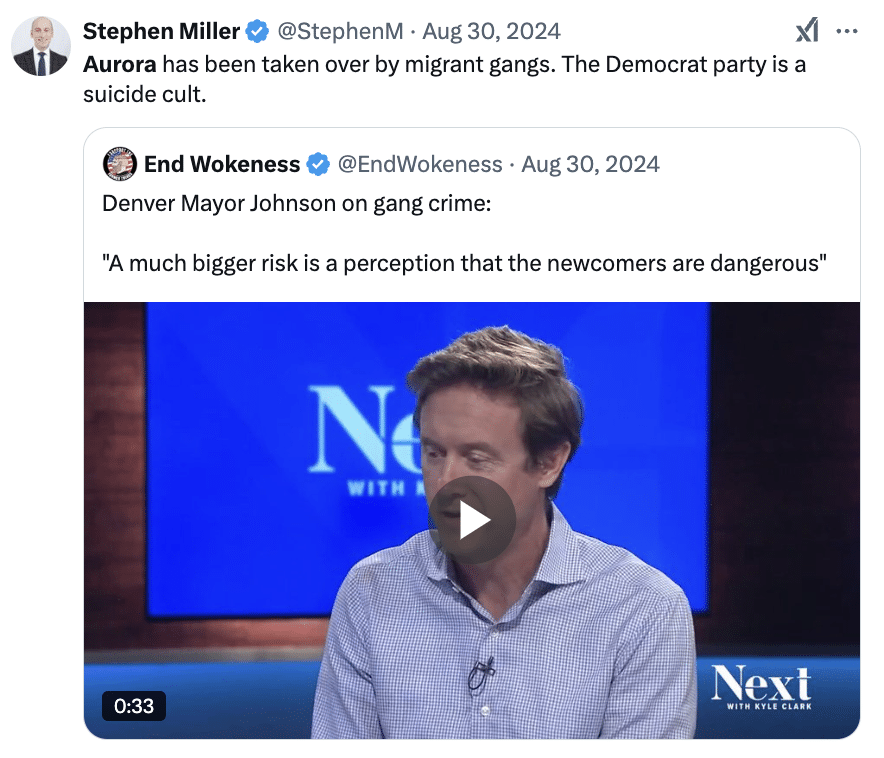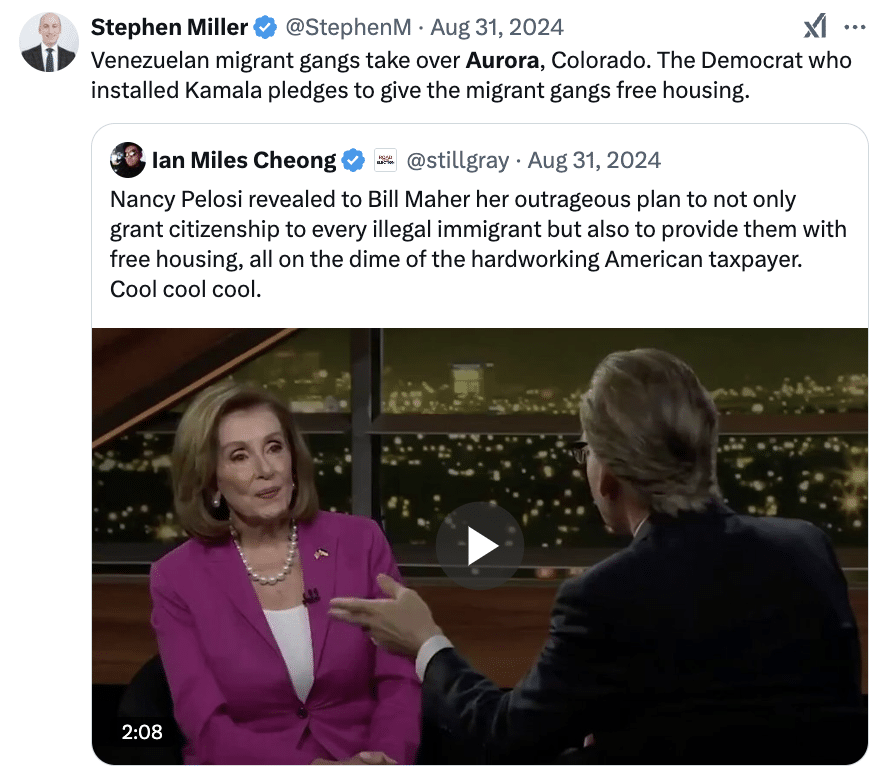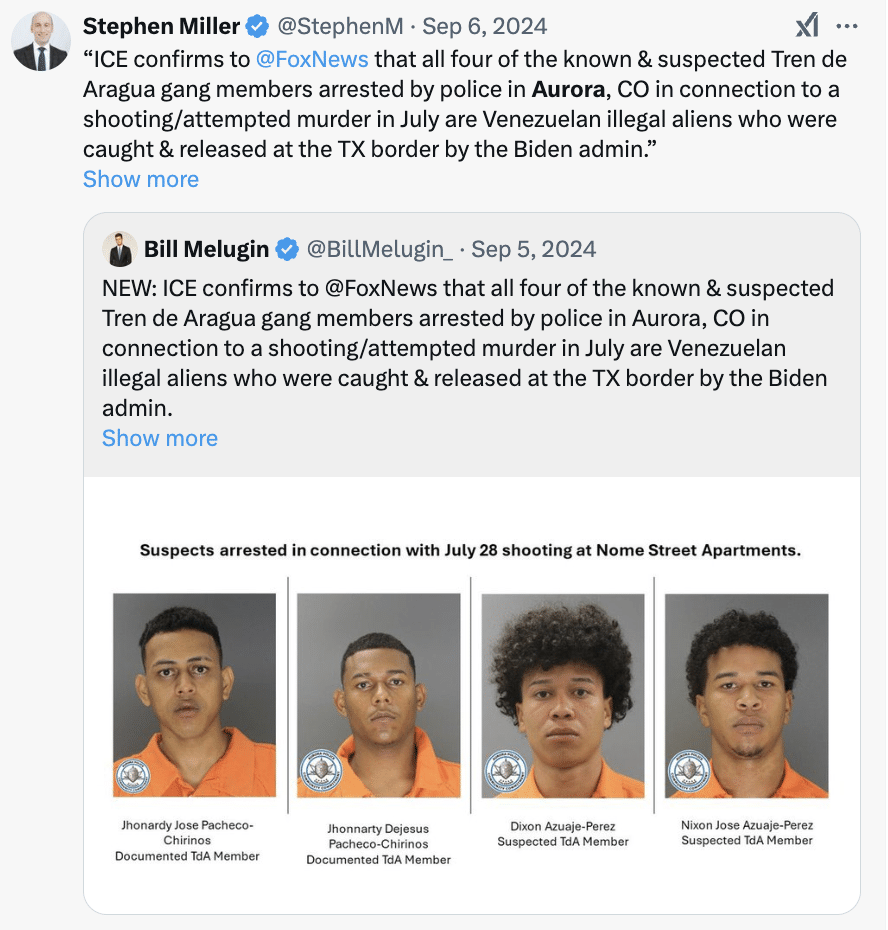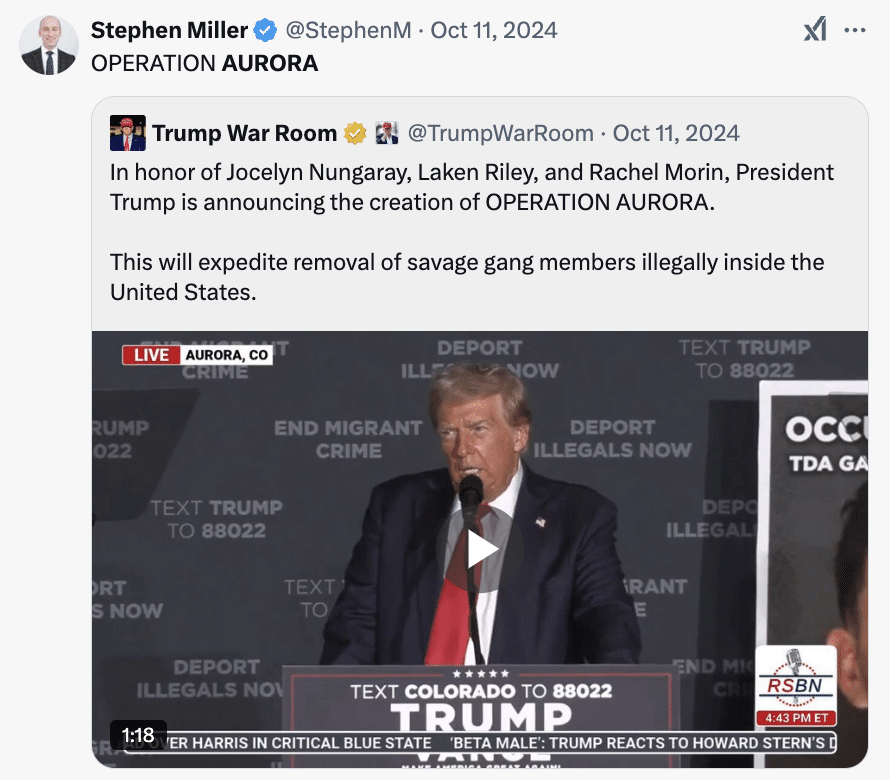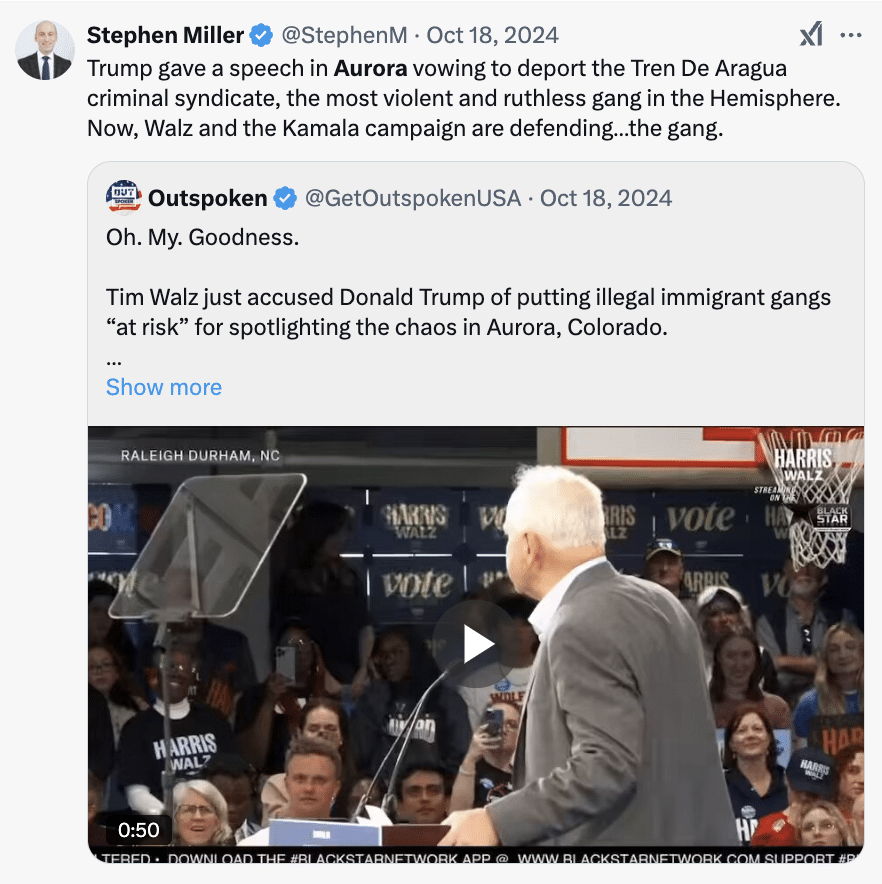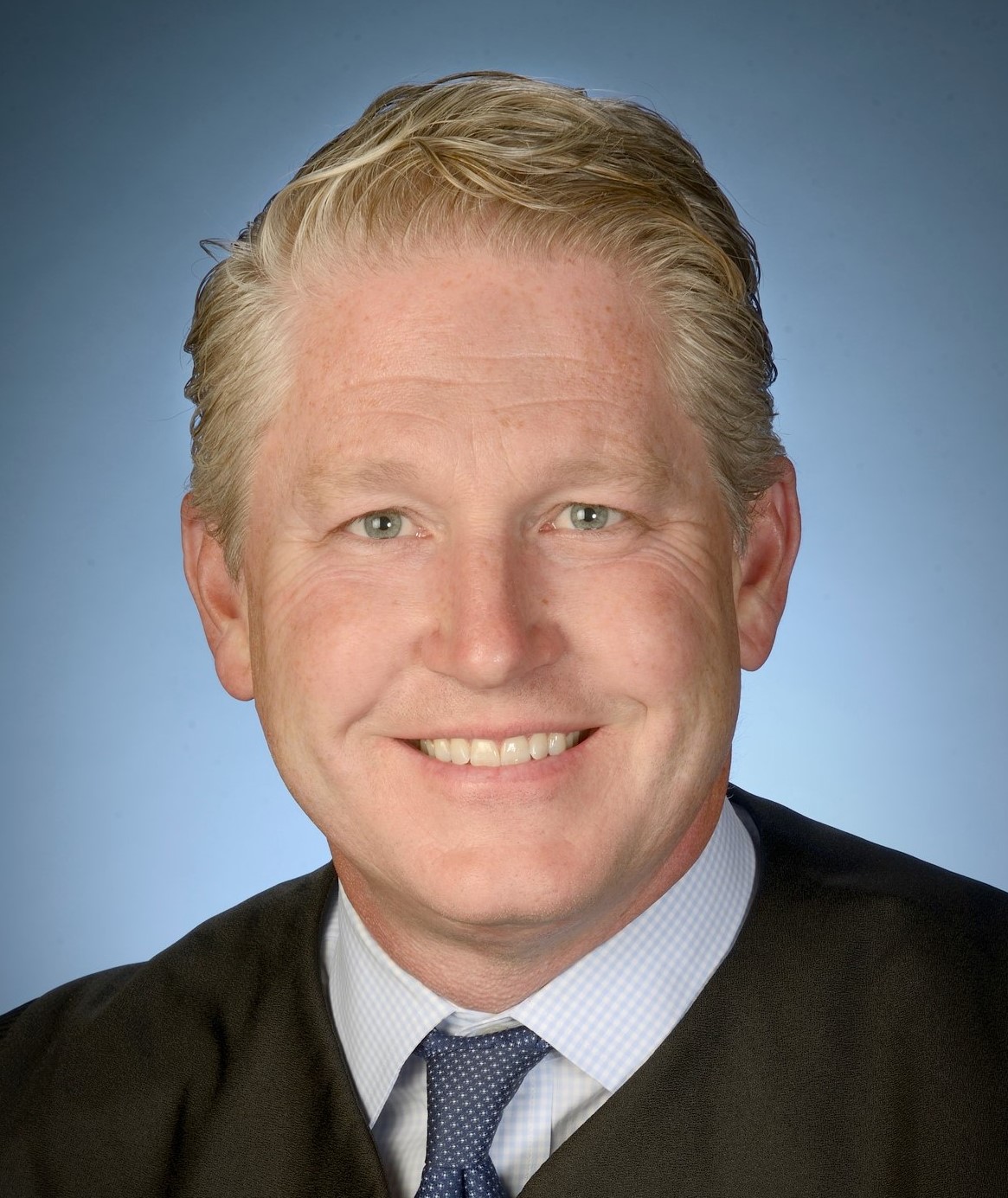Axios did a piece the other day on the pressure by progressive groups on Democrats to fight harder. It included several quotes saying, “you’ve got the wrong focus.”
Why it matters: Some lawmakers feel their grassroots base is setting expectations too high for what Democrats can actually accomplish as the minority party in both chambers of Congress.
- Sen. Richard Blumenthal (D-Conn.) told Axios: “What I think we need to do more is: Put the onus on Republicans, so that the calls that we’re getting are directed toward Republicans.”
- “There has definitely been some tension the last few days where people felt like: you are calling the wrong people. You are literally calling the wrong people,” said one House Democrat.
Blumenthal and his anonymous colleague are not wrong. While Democrats have had some splashy events this week — staging protests at one after another Agency that Musk’s DOGE [sic] has taken over, sending letters and more letters, and filibustering all night before Russ Vought was confirmed on a party line vote — such efforts had the sum effect of getting press attention, laying a foundation going forward, and killing time until the inevitable Vought confirmation. But it didn’t stop the inevitable — nor could it.
Indeed, in the time since Dems have ratcheted up their efforts, Trump has actually had more success with wavering Republicans, security party line votes for two of his most outrageous nominations, Tulsi Gabbard and RFK Jr, from Senators like Susan Collins, Bill Cassidy, and Todd Young. Trump is doing something — it may be primary threats, it may be quiet concessions on other issues, like the Canada tariffs — to get these Senators to vote against their own power.
Meanwhile, contra a really asinine column from Ken Klippenstein conflating a legal strategy largely pursued by civil society with the media strategy described above, with a few exceptions (like one of two lawsuits that have enjoined Trump from halting grant funding), the lawsuits that have succeeded in slowing the implementation of Trump’s work have been launched by civil society, including unions.
Some of what has been achieved in recent days (see JustSecurity’s Litigation Tracker for others):
- A bunch of retirees got Judge Colleen Kollar-Kotelly to limit any access and dissemination of Treasury data to two DOGE people (one of whom resigned after WSJ exposed his support for eugenics), until further litigation. This suit also got statements from DOJ about the access that conflict with public reporting, which may be useful going forward.
- Some unions got Judge George O’Toole to delay the deadline for the “fork” resignation offer until Monday, allowing further legislation.
- A dispute over whether DOJ can share a list of FBI agents who worked the January 6 cases outside of DOJ will continue until tomorrow.
- Both Judge John McConnell (in a case brought by Democratic Attorneys General) and Judge Loren AliKhan (in a case brought by NGOs) enjoined Trump from withholding grant funds.
These are legal judgments, though, and in at least the latter case, Trump seems to be either defying it or unable to reverse steps already taken. Most notably, Head Start programs around the country are having problems accessing their funding, in spite of both the dual injunctions and the Trump administration claims that Head Start would have been exempt anyway.
[A] growing number of Head Start grant recipients, which operate on razor-thin margins, have reported delays in accessing approved grant funding, according to the National Head Start Assn. While most Head Start programs have not experienced major disruptions, some have had no other option but to close down services, while others are scrambling to find other funding sources to keep their doors open, the association said.
As of Thursday — 10 days after the federal freeze was announced — the association said at least 52 programs across 22 states, D.C., and Puerto Rico are still experiencing funding delays. The programs, which serve nearly 20,000 children from birth through age 5, report receiving “pending” or “in process” messages when they request to draw down funds from their grant from an online payment system.
Something more certain happened with USAID. When DOGE [sic] started IDing things to defund, Republicans like John Cornyn and Bill Cassidy called to exempt PEPFAR, the George HW Bush program funding AIDS drugs in poor countries. But even though PEPFAR reportedly got a waiver from cuts, AIDS drugs nevertheless remained in warehouses, inaccessible.
Marco Rubio, who like the sucker he is was belatedly named Acting USAID Administrator just as this started to blow up, tried to avoid accountability for the problems, suggesting that programs were simply incompetent to ask for a waiver.
But Rubio, on a Latin America tour, also said he was issuing waivers which would allow for “immediate” and “life-saving” aid to continue after President Donald Trump ordered a 90-day suspension on taking office.
“I don’t know how much more clear we can be than that,” he told reporters in Costa Rica.
“I would say if some organization is receiving funds from the United States and does not know how to apply a waiver, then I have real questions about the competence of that organization, or I wonder whether they’re deliberately sabotaging it for purposes of making a political point,” said Rubio, a former Republican senator who long voted for foreign assistance.
Nevertheless, Rubio fired all but around three hundred USAID workers (of more than 10,000), waggling around a word, “insubordination,” Trump flunkies elsewhere are using.
Secretary of State Marco Rubio, who took control of U.S.A.I.D. as acting administrator on Monday, insisted during a Fox News interview this week that the takeover was “not about getting rid of foreign aid.”
“But now we have rank insubordination,” he said, adding that U.S.A.I.D. employees had been “completely uncooperative, so we had no choice but to take dramatic steps to bring this thing under control.”
On Thursday, he reiterated the promise that some workers would be offered exemptions to minimize the hardship of the sudden recall. The pledge was made first in a notice put on the U.S.A.I.D. website Tuesday night that announced that employees around the globe would be put on administrative leave or let go by Friday.
Two unions that represent some of those affected — represented by Democracy Forward, the same legal NGO behind some other lawsuits — sued. In their complaint, they described some of the havoc caused already and explained why Rubio’s chaotic efforts to disclaim the damage fail.
23. As a result of these actions, most functions of the agency immediately halted, with life-threatening consequences. Clinics stopped distributing HIV medication.12 Staff who operate humanitarian operations at refugee camps in Syria were told to stop work, leaving thousands of people vulnerable to instability and violence at the hands of ISIS.13 Soup kitchens that feed nearly a million people in famine-stricken Khartoum were shut down.14 Toddlers in Zambia were deprived of rehydration salts to treat life-threatening diarrhea.15 Doctors at U.S.-funded medical facilities in Sudan that treat severely malnourished children were forced to choose whether to obey Defendants’ orders and “immediately stop their operations or to let up to 100 babies and toddlers die.”16
[snip]
25. Second, on February 1, 2025, the State Department announced a “limited waiver” for “[l]ife-saving HIV care and treatment services, inclusive of HIV testing and counseling, prevention and treatment of opportunistic infections including TB, laboratory services, and procurement and supply chain commodities/medicines” and “[p]revention of mother-to-child transmission services, inclusive of commodities/test kits, medicines and PrEP for pregnant and breastfeeding women.”19
26. These waivers offered little –to no relief for USAID partners who suffered from defendants’ freeze in funding. They were not “self-executing by virtue of the announcement,”20 so contractors and grantees scrambled to reach USAID contacts to ascertain if they were covered by the waiver. But because agency staff had already suffered severe cuts, groups doing lifesaving work were unsure how to request a waiver and received little to no information about the status of such requests.21
Because of the chaotic nature of the attack on the US government, because this is all being done by men who excel, first and foremost, at dodging accountability for their failures, this will continue to happen. Even if Trump claims to exempt stuff, things will still get shut down.
It will not change without some (more public and more aggressive than they’re already provably doing) pushback from Republicans, too. Particularly if and when it becomes clear that Trump is simply defying court orders.
And that’s why Richard Blumenthal is not wrong. There needs to be far more attention focused on Republicans. It’s far too easy — and defeatist — for Democrats to imagine that screaming louder at Democrats will fix this, because the most it will do is provide some nice PR moments.
That’s a huge task. But not impossible, particularly not if more people focus on better messaging to Republicans rather than louder yelling at Democrats.
Make the damage visible and accountable to Republicans
I said from the start of this that the effort to shut down government will make visible things that government does that most people ignore. And the effects are already being felt — and felt in red states. As one example, in the lawsuit against OMB’s recision order, plaintiffs provided this declaration from a tiny West Virginia non-profit helping disabled people stay in their own homes, describing how losing funding has led it to lay off staffers and contemplate withholding services. Among the people affected are an 86-year old woman they bring to her dialysis appointments and a 19-year old who just aged out of foster care who is being trained to work at Goodwill.
These aren’t AOC or Chuck Schumer’s constituents. They are represented by Shelley Moore Capito, Jim Justice, Riley Moore, and Carol Miller (the latter of whom took to YouTube the other day insisting that Trump would take care of WV).
It is more urgent for progressive groups to identify these stories and get calls to Republicans than to flood Democrats with more calls. Better yet, buy billboards advertising how these members of Congress are letting the richest man in the world disrupt the life of an 86-year old diabetes patient.
Importantly, much of this needs to be predictive. Rather than saying, “Trump gave access to grandma’s social security and granny may not get her check,” Democrats should always pin this on Republicans: “Mike Crapo did nothing after DOGE [sic] seized control of Treasury’s computer, and that may lead to Idaho small businesses losing their government loans.
As one of a handful of Senators who’ll always be among potential swing voters, Susan Collins needs to be a specific focus — not because it’ll work, but because she needs to be held accountable for the effect of her capitulations. In an interview with a local outlet, she listed a number of actions she deems illegal, but said she’d still vote for Russ Vought, even though he promised to pursue those illegal activities.
“I do intend to support his nomination,” Collins said. “If there are impoundments, I believe it will end up in court, and my hope is the court will rule in favor of the 1974 impoundment and budget control act.”
Time to start listing all the ways Vought’s foreseeable impoundments of appropriations will hurt Maine residents. More importantly, time to point out that Collins’ role atop the Appropriations Committee — one reason Maine voters might prefer her against a Democrat — is useless if Vought makes her role meaningless.
Until Republican Members of Congress are made to answer to the harm they’re allowing Trump do to their constituents, they’ll instead continue to respond to Elon’s more visceral threats. That vacuum needs to be filled with localized accountability.
Demonstrate the hypocrisy
Republicans know these cuts are disastrous. Most are just too cowardly to say that in public, making it more likely that any lobbying they’re doing to reverse course is in direct conversations with Trump where other quid pro quos (such as votes for unqualified nominees) might be arranged.
But there are ways to make them do so: by relying on their past statements. For example, CNN has a compilation of all the things Marco Rubio has said about USAID.
Rubio on Monday accused the agency of operating as a “global charity,” telling Fox News, “They have basically evolved into an agency that believes that they’re not even a US government agency.”
But a CNN KFile review of Rubio’s past comments shows he has been for more than a decade a major supporter of foreign aid and USAID, which in fiscal year 2023 distributed more than $40 billion in foreign aid to more than 160 different countries.
Rubio’s most recent comments directly contradict years of support and praise he has directed toward USAID, including a tweet he posted in February 2017 that said, “Foreign Aid is not charity. We must make sure it is well spent, but it is less than 1% of budget & critical to our national security.”
During his Fox News interview Monday, Rubio also dismissed concerns that scaling back USAID’s presence could allow China to expand its influence in developing nations.
But just three years ago, Rubio argued the exact opposite, urging the Biden administration in a 2022 letter to prioritize USAID’s funding as a key tool to “counter the Chinese Communist Party’s expanding global influence.”
>A longtime defender of US foreign aid, Rubio pushed back against criticism of the agency in repeated comments uncovered by CNN — defending aid as both vital and a small part of America’s overall fiscal budget.
“We don’t have to give foreign aid. We do so because it furthers our national interest. That’s why we give foreign aid. Now obviously there’s a component to foreign aid that’s humanitarian in scope, and that’s important too,” he said in February 2013.
These comments — and similar ones from other Republicans — can be used as a way to respond to the flood of disinformation from Elon and Karoline Leavitt.
Get hawkish
By abandoning US soft power overseas, the US creates a vacuum for China to fill. Many of the other actions Trump has taken — like insisting that a list of recent CIA recruits, many focused on China, be sent in unclassified email — imperil US efforts to counter China.
Both Elon and Trump have their own venal reasons to suck up to China. And Trump appears to be preparing to sell out Taiwan to China.
This is a specific example of the effort to warn of potential effects, one that could and should deploy the most hawkish language Republicans adopt (albeit focused on the country and the harm to US standing Republicans say China’s rise poses, not the people), not least because it’s an easy way to make Republicans look weak.
Unlike the focus on the 86-year old granny in West Virginia, this is divorced, somewhat, from the pain affecting Americans. But it is nevertheless a visceral issue for many Republicans and their self worth. Trump is selling them out. Make that clear.
No focus on Republicans will have an immediate effect. I’m not saying it will. But when things start falling apart, it’ll mean Democrats have already laid the groundwork for holding Republicans — all of them, not just Musk — accountable. That may not be enough, in the short term, to cure them of their terror of Trump and Musk. But it stops letting them off easy.





